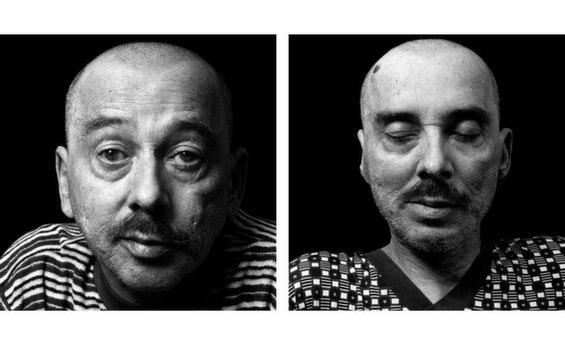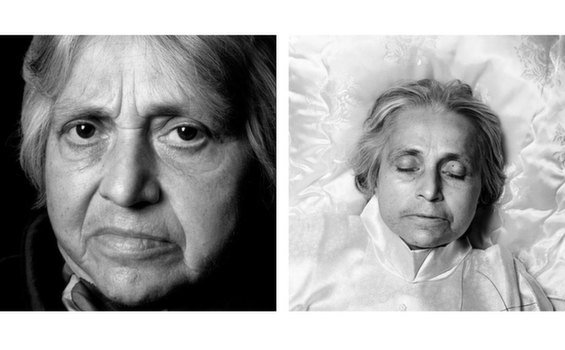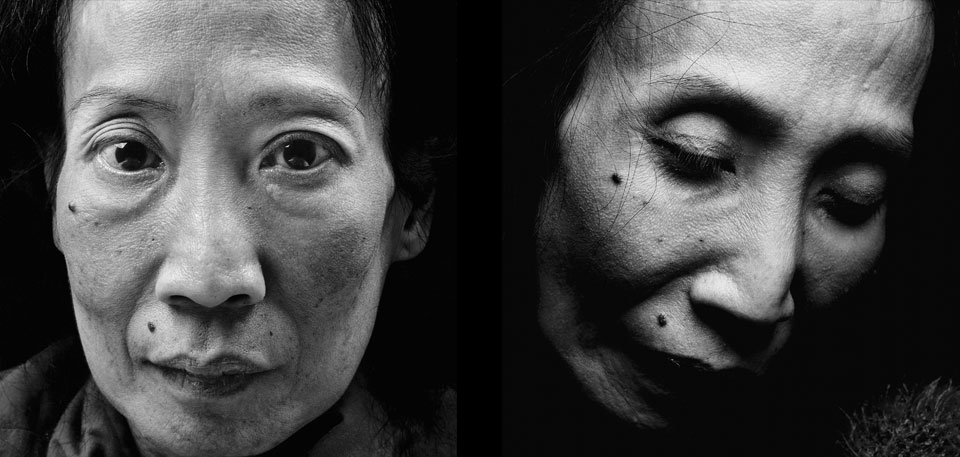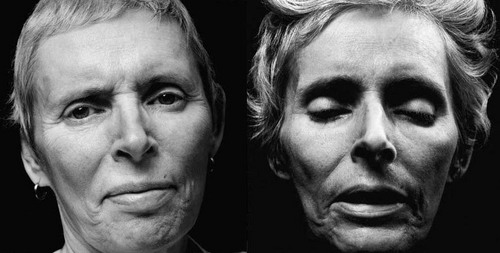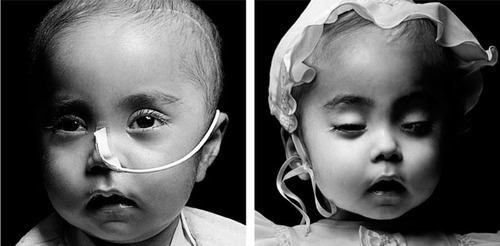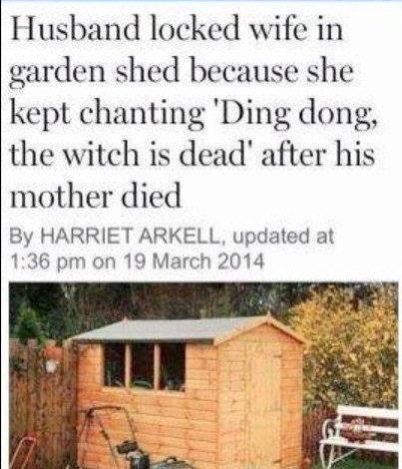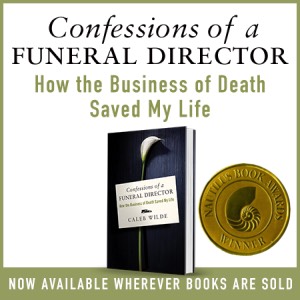Archive for year 2014
Life Before Death: 13 Portraits
***WARNING: This following are portraits of both deceased adults and children***
Here’s an explaining from The Guardian
This sombre series of portraits taken of people before and after they had died is a challenging and poignant study. The work by German photographer Walter Schels and his partner Beate Lakotta, who recorded interviews with the subjects in their final days, reveals much about dying – and living.
Via The Taxi:
The subjects had tight body frames with intensity in their eye that seemingly stare into the viewers, as if to say “you are the last thing I saw”.
The post-mortem portraits taken after their passing—depicted in silvery black and white tones—evoke a sense of void, reminding us of our frail human mortality.
The Guardian also details the stories behind these photos. You can read those stories by clicking HERE.
All portraits were taken with parental or personal consent.
Funerals: Touching is Safe Here
In our culture, touch is too often motivated by
1.) Desire.
2.) Demand.
Many don’t know how to touch outside of those two categories.
There’s a rather new interdisciplinary area of study called haptonomy which explores how to touch outside of the desire and demand categories. Haptonomy is the study of psycho-tactile communication. Psychologist and hospice pioneer Marie de Hennezel writes concerning her training in haptonomy:
One develops and tries to ripen one’s human faculties of contact; one learns to ‘dare’ to encounter another human being by touch. It may seem foolish to undergo formal training in order to develop a basic human faculty. Unfortunately, the world in which we all grew up and continue to develop is one that doesn’t encourage spontaneous emotional contact. Certainly we touch other people, but that’s when the intention is erotic. Other times, the context is impersonalizing, as in the medical sphere, when one is most often manipulating ‘bodily objects.’ What is forgotten is what the whole person may feel. “
There’s touching with desire, touching with demand and — here’s a third option — there’s touching with devotion. Touching with devotion is an ardent recognition of the value of people … it’s not forceful or uncomfortable, rather it’s respectful and produces ease.
There’s one place where the humanizing, respectful and relaxing touch of devotion is seen on a regular basis.
That place is death.
We receive the phone call that so-and-so has died at their home. We put on our dress cloth, drive to the house and there awaiting us is so-and-so’s family. We walk in and instead of shaking their hands, we reach for a hug. And they reach back.
Complete strangers.
At the funeral of so-and-so, family and friends hug and kiss and embrace all day. It’s those hugs and embraces that somehow make a funeral bearable … they somehow relax the otherwise tumultuous experience of death.
The irony is that a human has to die for true humanity to be found.
*****
Mainstream medicine is catching on to the power of devotional touch.
The University of Miami conducted over 100 studies on the power of devotional touch and this is what they found: Devotional touch can: produce faster growth in premature babies
caused reduced pain in children and adults
decrease autoimmune disease symptoms
lowered glucose levels in children with diabetes
improved immune systems in people with cancer.
Other studies have show that devotional touch can
lower stress levels
boost immune systems
help migraines.
Why do we reserve the life giving power of touch only for death and funerals?
What would happen if we would daily interact with our friends and family like we were at a funeral?
This is (not) Science: 18 Death Omens
A picture that falls of the wall for no apparent reason
A clock that stops
A clock that fails to chime or ring
A mirror that breaks while still on the wall
A cat that leave the home and will not re-enter it
An owl seen during the daytime
A dog that howls for no reason during the night
Source: The Witching Hour
In Scotland a white rose blooming in autumn is accounted as an omen of an early death.
When fruit and flowers appear on the same tree; if you should be so imprudent as to wash clothes on a Good Friday, you are said to “wash someone out of the family.”
If you chance to drop a mirror in which you have seen your own reflection, you have killed the reflection, hence you are doomed.
If you shiver it is said by the gossips that someone is walking over your grave.”
If you dream of nursing a baby and the baby cries, you will either die yourself or lose a near relative.
Source: Sacred Texts
If dogs bark or a rooster crows unexpectedly near a sick room.
A turtle dove, or any bird flying into the house.
Breaking a needle before finishing a quilt.
Death noises: most commonly bells, unexpected tearing noises, rapping, knocking noises were said to be death bones rattling.
A clock striking thirteen times.
When a bedridden person picks at the bedcovers.
Source: Ozark Pagan Mamma
What are some “death omens” you were taught?
What NOT to do when your mother-in-law dies
An angry husband locked his wife in a garden shed during a row when she insulted his dead mother.
Andrew Salmon, 42, admitted attacking Beverley Salmon, also 42, at their home in Truro in a rage after she chanted ‘Ding dong, the witch is dead’ when his mother died.
Salmon, who has no previous convictions, told officers he had locked her in the shed to ‘p*** her off’, but said he knew she would be able to climb out of the window.
He told police he had been suffering from depression and said: ‘I was provoked, but I am sorry for what I have done to my wife and regret everything I did.’
Speaking after the court case Salmon said his wife of almost twenty years acted ‘extremely unsympathetic’ after his mother passed away on December 27 last year.
Andrew said he has suffered from depression and stress since the incident on February 6.
He said: ‘She never really got on with my mum or any of my relatives and when my mum died she was horrible and offered me no support – she was extremely unsympathetic.
‘She would sing “ding dong the witch is dead” from time to time and didn’t even come to her funeral.
‘It was a really difficult time for me and my family.’
To read the entirety of this story by HARRIET ARKELL and SAM WEBB, click HERE.





